Remaining Land Split Three Ways
 Lucknow, Sep 30 : The Allahabad High Court on Thursday ruled by majority that the disputed land in Ayodhya be divided into three parts and distributed among the Sunni Waqf Board, Nirmohi Akhara and the party for 'Ram Lalla', said lawyers.
Lucknow, Sep 30 : The Allahabad High Court on Thursday ruled by majority that the disputed land in Ayodhya be divided into three parts and distributed among the Sunni Waqf Board, Nirmohi Akhara and the party for 'Ram Lalla', said lawyers.
Quoting the judges, senior lawyer and BJP leader Ravi Shankar Prasad said the main Ram Lalla Virajman place, where the idols of Ram have been kept, will go to the Hindus. The remaining land has been divided three ways -- to the Sunni Wakf Board, the Akhada and the Hindus.
The court said since Ram is a deity, the place has significant interest as far as hindus are concerned. Justice S U Khan, Justice Sudhir Agarwal & Justice D V Sharma carried the proceedings to pronounce the judgement in the Ayodhya title suit.
In a split verdict, the three member judge of the Lucknow bench of the High Court of Allahabad High Court on Thursday ruled that the place where the Ram idols are placed will go to the Hindus.
However, the court gave a substantive part to of the land to the Sunni Wakf Board. The remaining land will go to the Akhada.
The Babri Masjid Committe said it was disappointed with the verdict and would move the Supreme Court. Meanwhile K N Bhatt lawyer of Ram Lalla said there was no time limit for passing a final decree. The Allahabad HC has decreed that status quo will be maintained at the disputed site for the next three months.
The historic Ayodhya verdict was delivered 18 years after the demolition of the Babri Majid on December 6,1992.
The landmark 60-year old Ayodhya title suit verdict was delivered by the three-member Lucknow bench of the Allahabad High Court comprising Justice D V Sharma, Justice SU Khan and Justice Sudhir Agarwal.

Briefing the media after the judgement was delivered, the District Magistrate of Lucknow Anil Sagar said:
The judgement is available at www.allahabadhighcourt.in or www.rjbm.nic.in
Ayodhya dispute: claims and counter-claims
Here are the claims and counter-claims of the contestants in the Babri Masjid-Ramjanmabhoomi dispute:
Birthplace of Hindu god Ram:
- Hindu litigants say the disputed site in Ayodhya is the birthplace of Ram.
- Muslim litigants argue there is no historical, archaeological or religious proof for this. They say even Hindu religious bodies and 'akharas' in Ayodhya are not unanimous on this issue.
Ram temple:
- Several Hindu organisations claim a Ram temple was built at the site in 10th-11th century A.D. This was destroyed to raise the Babri mosque in the 16th century.
- Muslim groups say there is no historic evidence to back this. According to them, Turkish sultans found a mound at Ram Kot in Ayodhya in 1194.

Temple or mosque:
- Hindu groups claim the Ram temple was razed by Mir Baqi, a general of Mughal emperor Babar, to build a mosque in 1528.
- Muslim groups say there is no evidence to back this assertion.
Archaeological evidence:
- The Archaeological Survey of India (ASI), which carried out excavations, said in a 574-page report that there were distinctive features associated with a 10th centrury north Indian temple beneath the Babri mosque site.
- Muslim groups and the Uttar Pradesh Sunni Waqf Board challange the ASI findings. They say the ASI ignored the discovery of glazed tiles and pottery, besides two graves, which proved that Muslim settlements existed there even before Babar's time.

Possession rights:
- Muslim groups claim they have held the title of the land at the site for centuries. They say that regular prayers were offered at the mosque till Dec 22, 1949.
- Hindus argue that Muslims got possession of the site during Babar's time.

Legal limitation:
- Hindus argue that the Rule of Limitation applies to the suit filed in 1961 by Muslim litigants and organisations. Muslims protected their title though adverse possession.
- Muslim groups argue that they have the legal title. One cannot go back to several centuries ago on the argument of adverse possession.

Here is the time line of the dispute:
1528: The mosque at the site was built by Mir Baki, a noble in the court of Mughal emperor Babar. The Hindu community claimed it was built on a temple which marked the birthplace of Lord Ram in Ayodhya. This contention festered over centuries.
1949: In the end of December 1949, idols of Lord Ram appear inside the mosque, allegedly put by Hindus. There are widespread protests and both communities file cases, Hashim Ansari for Muslims and Mahant Paramhans Ramchandra Das for Hindus. The government declares the site disputed and locks the gates to it.
1950: Mahant Paramhans Ramchandra Das and Gopal Singh Visharad file suits in Faizabad, asking for permission to pray before the installed idols. The puja is allowed though the inner courtyard gates remain locked.
1959: Nirmohi Akhara and others file a case, seeking permission again to conduct puja.

1961: Sunni Central Board of Waqfs in Uttar Pradesh files a case claiming the mosque, and said the surrounding area was a graveyard.
1984: The Vishwa Hindu Parishad forms a group to continue the movement. L K Advani is made the leader of the campaign.
February 1, 1986: Faizabad district judge orders the gates of the structure be opened for Hindus to offer prayers. Babri Masjid Action Committee formed soon after this.
1989:The then Prime Minister Rajiv Gandhi allows shilanyas or a ground-breaking ceremony in an undisputed site close to the structure. The hearing of the case is then shifted to the High Court.
September 25, 1990: Then BJP president L K Advani launches a rathyatra from Somnath to Ayodhya to campaign for the issue countrywide.

November 1990:Advani's rath is stopped and he is arrested in Samastipur, Bihar. Following this, the then V P Singh government, supported by the Left and the BJP falls as BJP withdraws support.
December 6, 1992:The disputed structure is demolished by kar sevaks and a makeshift temple put in its place. PV Narasimha Rao's Congress government then moves court for status quo.
March 5, 2003: The Allahabd High Court orders the Archeological Survey of India to excavate the disputed site to ascertain whether a temple existed where the mosque stood.
August 22, 2003: ASI submits its report to the Allahabad High Court. The 574-page report said the agency found features of a 10th century temple beneath the masjid site.

August 31, 2003: All India Muslim Personal Law Board announced it would challenge the ASI report.
July 26, 2010: The Bench reserves its judgement and asks all parties to solve the isue amicably. But no one is keen.
September 8, 2010: The High Court announces verdict would be delivered on September 24.
September 14, 2010: A writ is filed to defer the judgement but is subsequently rejected by the High Court.
September 23: The plea for an out-of-court settlement reaches Supreme Court and the apex body says it will hear it again on September 28.
September 28: Apex court rejects petition for deferment and gives the go-ahead to the Allahabad High court to deliver the judgement. The High Court chooses September 30 as verdict day.
Source: India Syndicate/Agencies
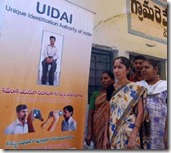 India's ambitious Unique ID project dubbed "Aadhaar", which aims to give every Indian citizen a unique number mapped to biometrics, was launched on Wednesday in the Nadurbar district of Maharashtra.
India's ambitious Unique ID project dubbed "Aadhaar", which aims to give every Indian citizen a unique number mapped to biometrics, was launched on Wednesday in the Nadurbar district of Maharashtra. 




 Mumbai, Sep 30 : Internationally acclaimed Indian filmmaker Shekhar Kapur feels that the water crisis will get worse in future and if things continue as they are then after 25 years the Ganga will disappear too.
Mumbai, Sep 30 : Internationally acclaimed Indian filmmaker Shekhar Kapur feels that the water crisis will get worse in future and if things continue as they are then after 25 years the Ganga will disappear too.




 Lucknow, Sep 30 : The Allahabad High Court on Thursday ruled by majority that the disputed land in Ayodhya be divided into three parts and distributed among the Sunni Waqf Board, Nirmohi Akhara and the party for 'Ram Lalla', said lawyers.
Lucknow, Sep 30 : The Allahabad High Court on Thursday ruled by majority that the disputed land in Ayodhya be divided into three parts and distributed among the Sunni Waqf Board, Nirmohi Akhara and the party for 'Ram Lalla', said lawyers.







 Commonwealth Games 2010 has been more about scams, scandals, squabbling and a myriad of controversies, rather than the sports itself. Shaking off all the muck associated with the games, MSN India brings to you a dummies guide to the event. Trace the timeline of CWG history, or find out how many medals India won in a decade's participation at the games. We have also compiled the five best moments from the history of CWG.
Commonwealth Games 2010 has been more about scams, scandals, squabbling and a myriad of controversies, rather than the sports itself. Shaking off all the muck associated with the games, MSN India brings to you a dummies guide to the event. Trace the timeline of CWG history, or find out how many medals India won in a decade's participation at the games. We have also compiled the five best moments from the history of CWG. 




 The longest-running legal battle in India is a dispute over the 60 ft by 40 ft land in Ayodhya where the Babri Masjid stood till December 6, 1992. Since 1950, five title suits have been in the Allahabad high court, staking claim to the title of the plot of land of the Babri Masjid. Of these, four are to be decided by the Lucknow bench of the high court.
The longest-running legal battle in India is a dispute over the 60 ft by 40 ft land in Ayodhya where the Babri Masjid stood till December 6, 1992. Since 1950, five title suits have been in the Allahabad high court, staking claim to the title of the plot of land of the Babri Masjid. Of these, four are to be decided by the Lucknow bench of the high court.


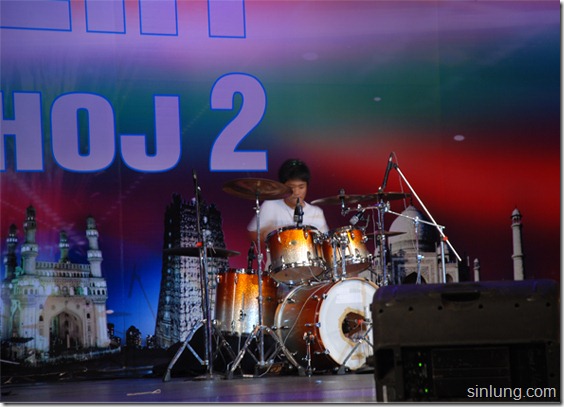
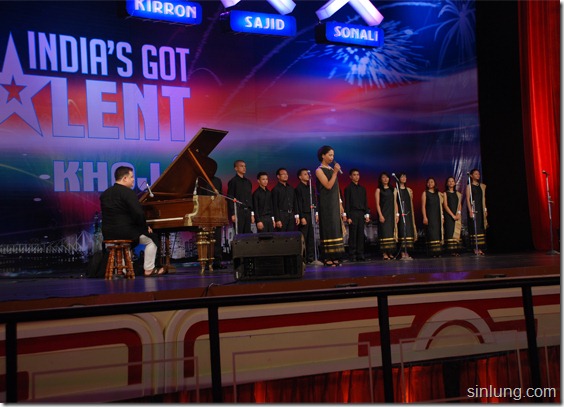
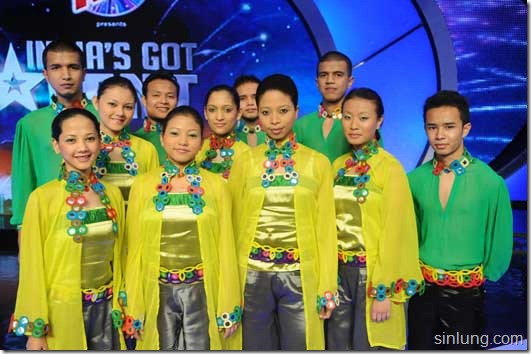

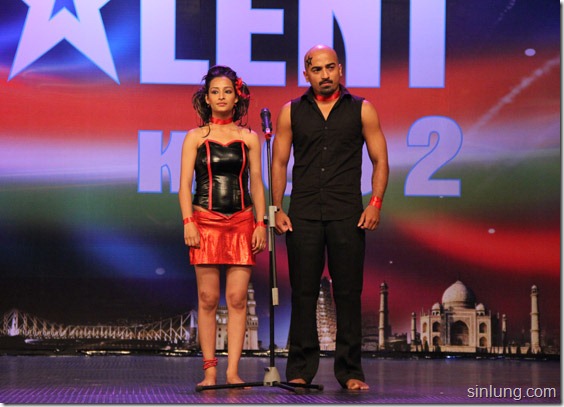
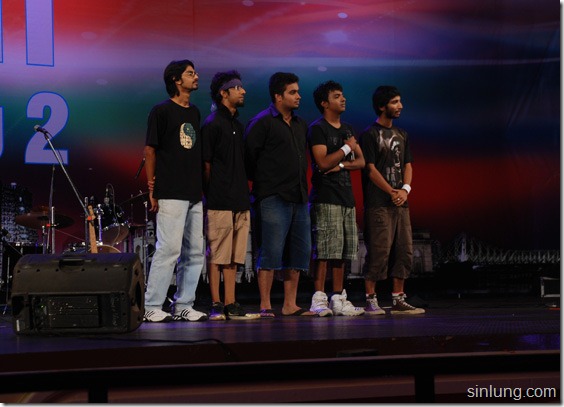





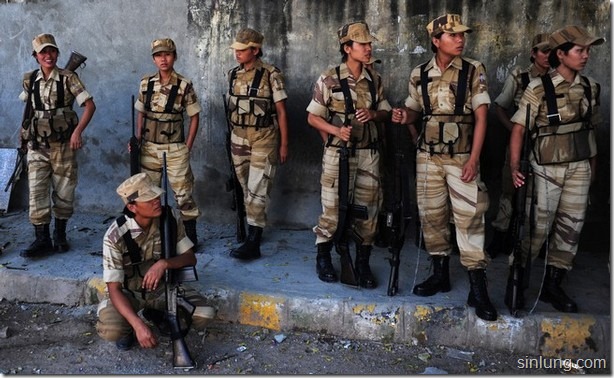
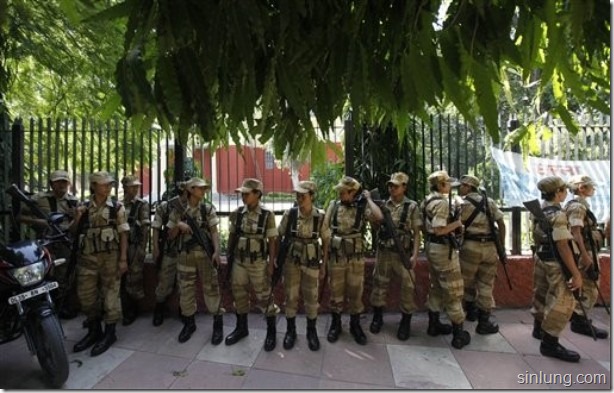

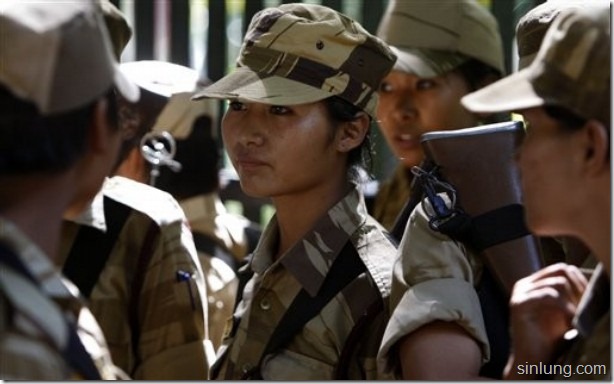
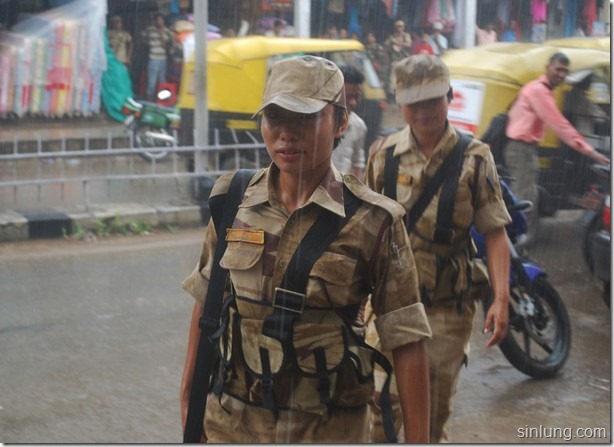
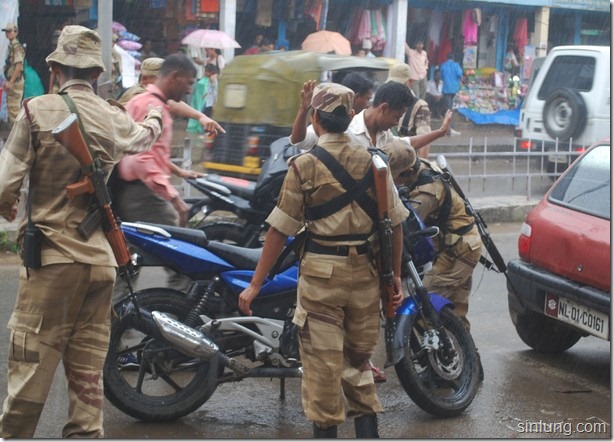
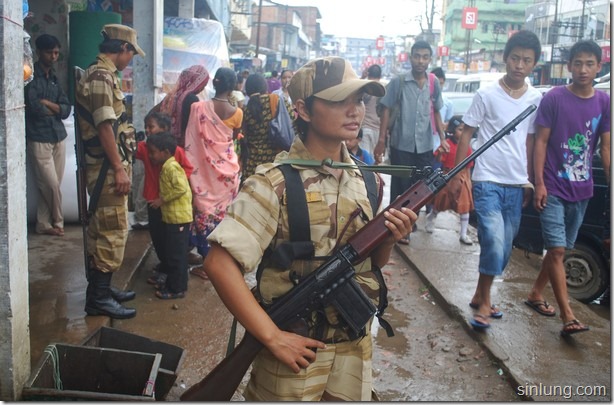
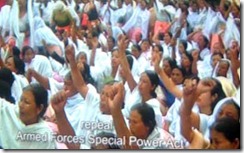
 Set for a new rise:The potential of the North-Eastern States can be tapped only by building sound financial and physical connectivity with the other States.
Set for a new rise:The potential of the North-Eastern States can be tapped only by building sound financial and physical connectivity with the other States. 






